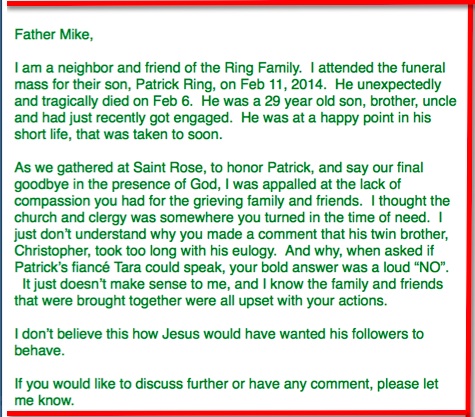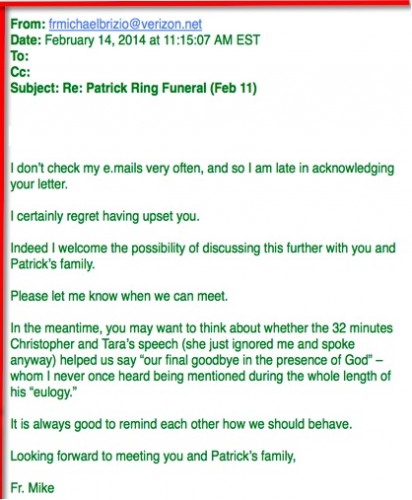If it’s the start of a new month… it must be time for another adventure in the life of the 1950 Leyland Beaver flat-bed lorry hearse.
During January and February, Britain was battered by a series of Atlantic Storms which swamped coastal towns and left huge inland areas covered with deep water. From the media coverage you could perceive that most of the West Country was flooded, however, a lot of the problems in fact were confined to low lying areas, where tragically some people’s properties had been badly flooded for over 6 weeks. Business people in West Country towns not involved in the floods were irate that media coverage had diminished takings in retail outlets and B&B facilities whilst, in their opinion, visitors needlessly kept away.
The town of Bradford-on-Avon, where Vintage Lorry Funerals is based, had flooding in only a handful of retail outlets near the river, however, the town was mentioned a number of times on the Ten O’clock TV News Bulletins. The RiverBridge was closed for only 2 days, one of which was due to the use of a crane to lift giant tree trunks away from the bridge. With the land being saturated, often on country roads, water runs off the fields and accumulates in dips in the roadway, however, these present no problems to the 1950 Leyland Beaver, which can safely go through water 20 inches deep.
Travelling north early on a Sunday morning for a Monday funeral in Lowdham, David Hall encountered deep water, from the River Avon which had spilled across on the A363 near the Batheaston by pass, which cars were reluctant to travel through. However, David demonstrated how to keep to the shallowest depth in the middle of the road as the vintage lorry led a convoy of cars through the obstacle. For the remainder of the journey David kept to the roads unaffected by water, however, he saw some amazing sights. On the A40 on the north of Gloucester a wall has been created around the Electricity Sub Station, to keep the water out, which resembles the wall built in Berlin during August 1961. This appeared like a castle having a moat stretching for miles as David trundled by at 30 miles per hour. On the A38 Tewksbury by-pass the main road was clear, but there were floods of biblical proportions on both sides of the road. When passing this scene in the dark with moonlight reflecting off the water a surreal atmosphere is created, that David has only experienced once before in northern Holland. The A7 Afsluitdijk splits the Ijsselmeer from the North Sea and from the dual carriageway at the midpoint between the land masses, all that you can see is sea, to the horizon on all sides.
As the Funeral Director was in the east side of Nottingham, David arranged overnight undercover parking for the Leyland Beaver with Ian Patrick of County Truck Services in Colwick Industrial Estate. Ian is a great supporter of Vintage Lorry Funerals being a Mechanic who also has his own vintage vehicle. He was working at his garage when the dulcet tones of the Leyland 600 engine came up the deserted estate road on this cold Sunday afternoon. David has used this facility many times and Ian also provides the transport to and from the B&B, which ensures David has an early start option in the morning.
The Deceased, Philip Rowson, was a Bus Driver whose interest was collecting Model Lorries and this was the main reason for choosing the 1950 Leyland Beaver. One of the Family’s Floral Tributes was a ‘Flat-Bed Lorry’, however, when it is secured to a board it looks incongruous without a load, so David Hall provided a Load of Pipes as a replica load, to fill the space. In addition the ‘Dog’ was given a lead and these provide examples how an appropriate background can be created for a Floral Tribute, which often helps David to exceed a Family’s expectations.
This lovely Family were very enthusiastic about the lorry and when David got out of the cab at the house, Joanne, Philip’s youngest Daughter, gave David a box of Cadbury’s Roses. The road from Lowdham to Nottingham is restricted to 30 miles per hour and is peppered with speed cameras, which show the speed of the vehicle with a suitable comment displayed in lights. Cognisant of the frustrations that the 64 year old vehicle can cause on the open road by travelling slowly, David commented to the Funeral Director travelling with him, ‘I have never been thanked so many times before for doing 28 miles per hour.’
When David arrived home he was very touched to receive the following email from Joanne:-
“Hi it’s Joanne hope you made it back ok. Just to let you know that you have made our family extremely happy with every effort you put in to make our Dad’s last journey one to never forget and like you say put some brightness into a dark day, you are brilliant at what you do and you are a lovely man and if only there was more people like you then the world would be a nicer place”
The only disappointment for the Family was that they weren’t able to shake David’s hand at Wilford Hill Crematorium. Joanne suggested that the next time David was in Nottingham she and her family would come to meet him. The opportunity arose a lot quicker than she had imagined as the 1950 Leyland Beaver was back at Wilford Hill in 4 days. Joanne, her Sister and her Mother waited discretely for the mourners to leave David’s vehicle before stepping forward and to have their picture taken in front of the lorry.
http://www.vintagelorryfunerals.co.uk



